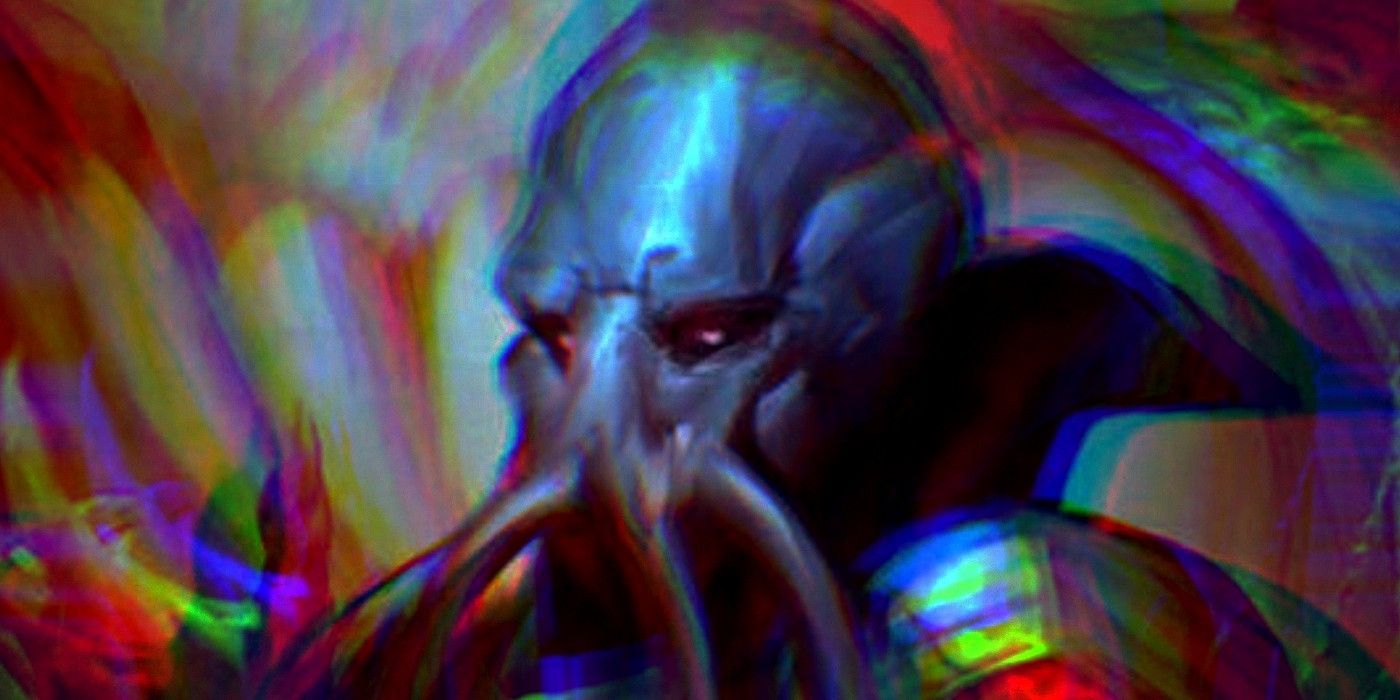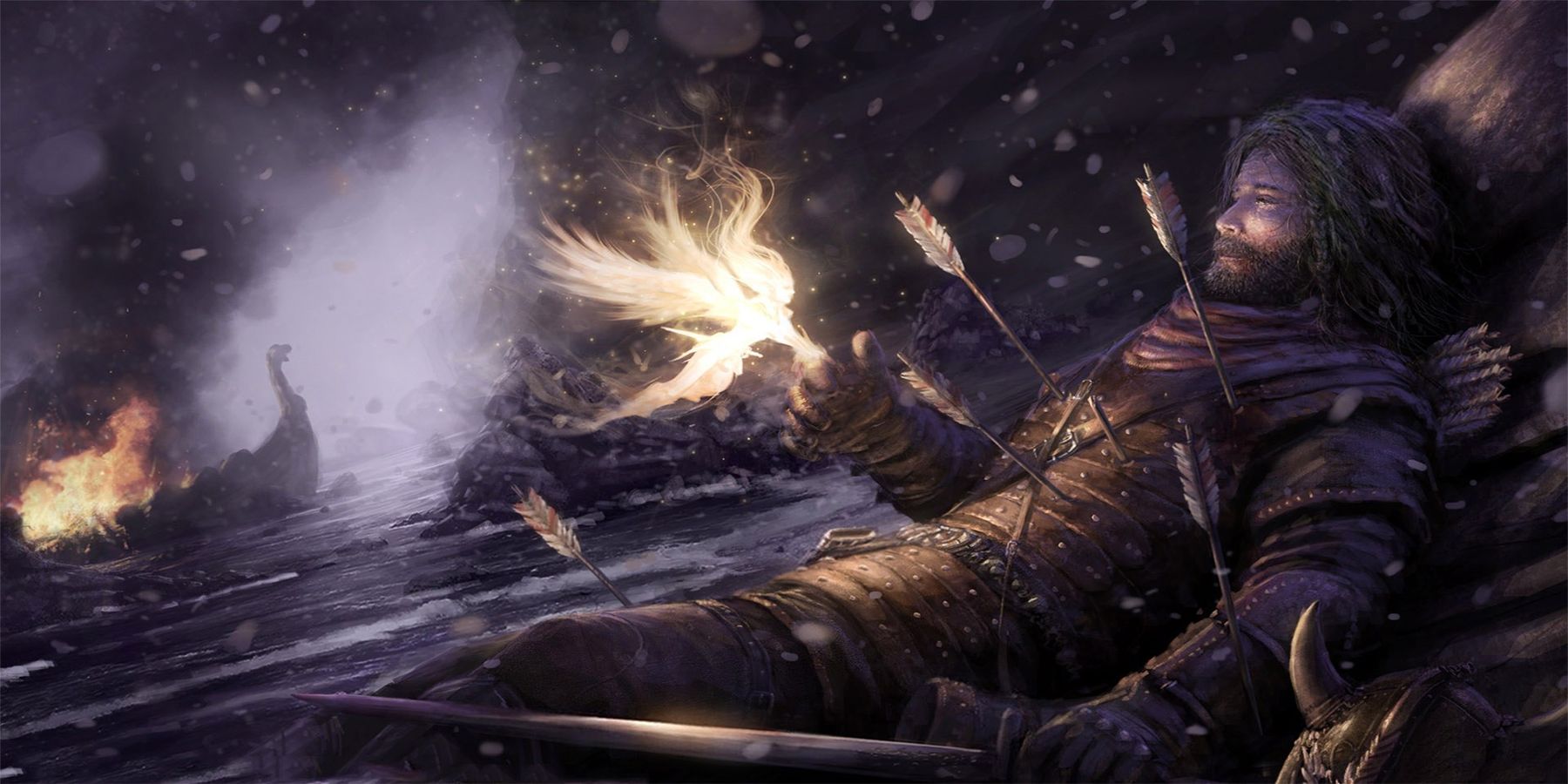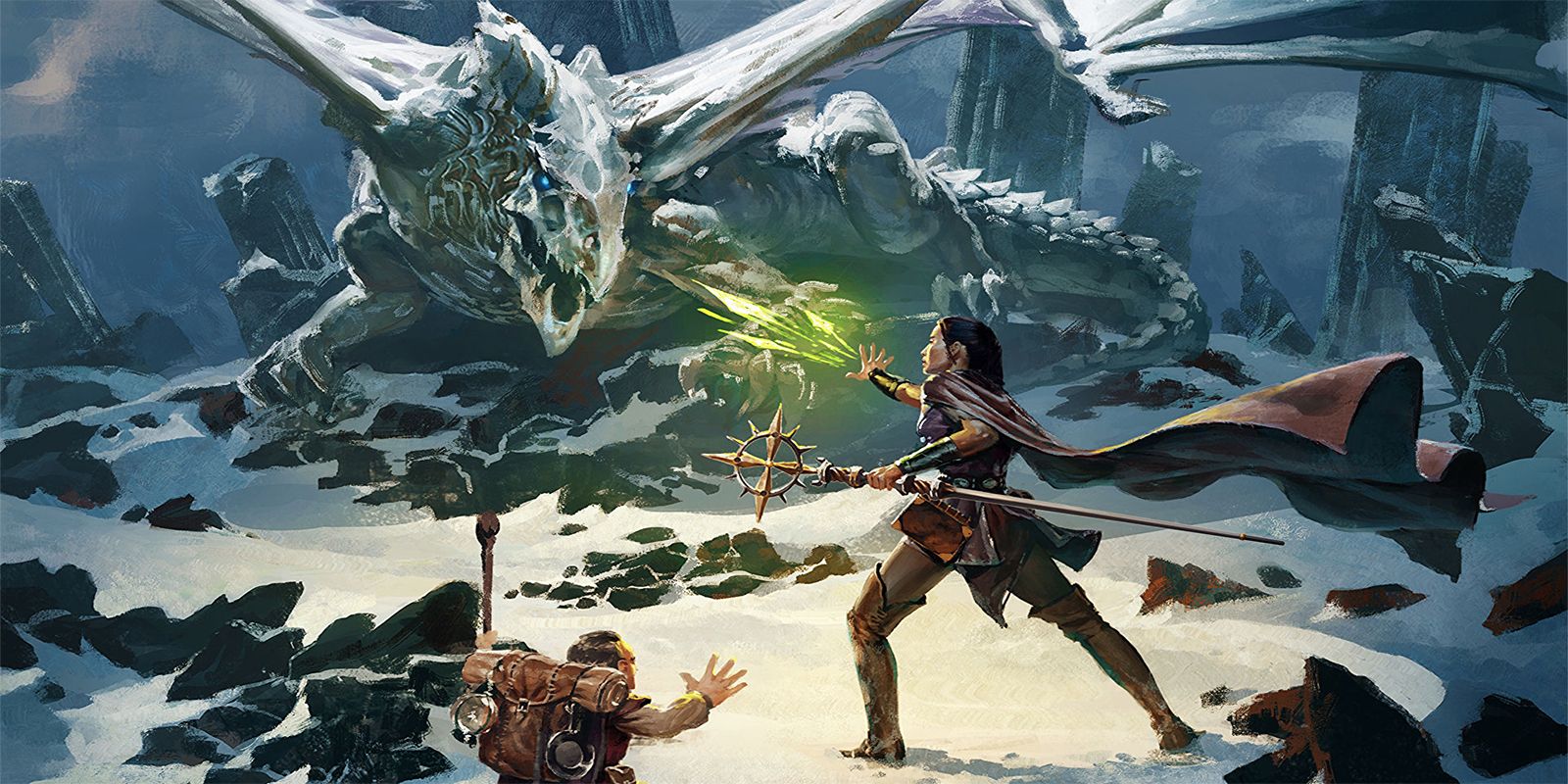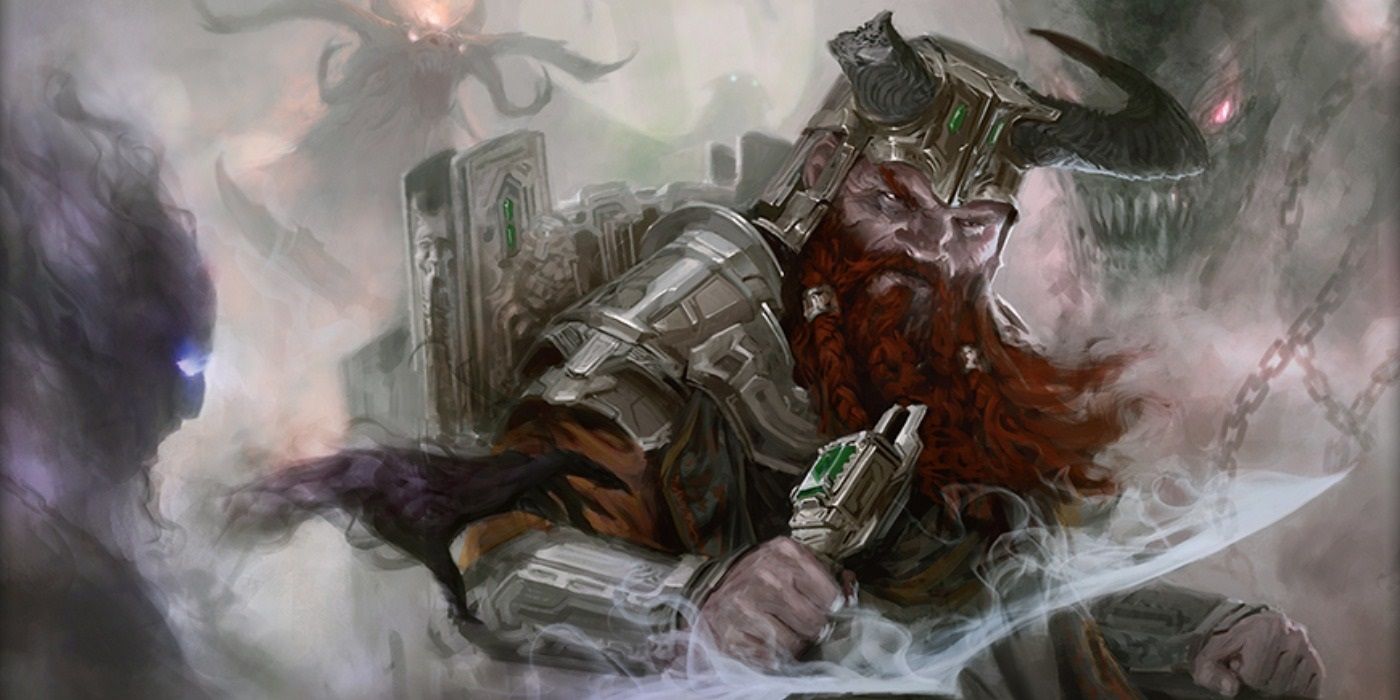Dungeon Masters have been tailoring the rules of Dungeons & Dragons to fit their worlds since the tabletop RPG was first created. Bending or changing things up has always been encouraged by the minds behind D&D. Even Gary Gygax, one of the creators of Dungeons and Dragons, delivered his opinion on rulemaking in the original Dungeon Master's Guide by saying, "It is the spirit of the game, not the letter of the rules which is important," and DMs everywhere have taken that statement to heart. Using the D&D rulebook as a guideline, many new unofficial group rulesets and mechanics have been created to make the cooperative role playing experience more fun for those at the table.
Mechanics not included in official Dungeons and Dragons materials are traditionally considered "homebrew" materials. These custom changes to the game are usually tailored to the playstyle of the table. Some D&D groups prefer a more grimdark style of play, and introduce restrictions that make it harder to survive. Others enjoy something more lighthearted and fantasy based for their Dungeons & Dragons campaigns. Dungeon Masters can pick and choose what they want to incorporate or exclude.
Each homebrew Dungeons & Dragons rule looks to shake up the experience in a different way. Some fake rules change the game in small ways, while others change fundamental mechanics of D&D. That's the unique draw of Dungeons and Dragons; the world can be changed in any way players see fit.
Homebrew D&D Rule: DM Rolls Death Saving Throws
Having the DM roll death saving throws for unconscious player characters in Dungeons & Dragons adds an air of uncertainty to the action. Under normal circumstances, the players themselves will roll to see their character's fate. Placing this burden on the DM changes the dynamic of combat entirely. Players are no longer able to plan around knowing when a character is close to death via death saves; the group now has to either prioritize reviving downed party members in fear of the unknown or risk the death of a character. Combine this with other homebrew D&D rules like Critical Role's house rules on resurrection, and parties will truly fear death.
Homebrew D&D Rule: Spell Slots For Exhaustion Levels
The magic wielding classes of D&D are limited by their number of spell slots, but this rule change adds an interesting trade off for those running on arcane fumes. Under this change, characters with no spell slots remaining can choose to gain exhaustion levels based on what spell they want to cast. Now Dungeons & Dragons spell users have a choice; do they continue to use cantrips and hope that the battle ends in their favor, or do they risk damaging their own bodies to secure victory? This can even be used as a final heroic moment for characters who are all but gone; a desperate player could use powerful spells to try and help their party with incredibly powerful magic, but at the cost of their character's life.
Homebrew D&D Rule: Max Weapon Damage on Crit
The random nature of Dungeons & Dragons' dice rolls can make critical hits feel underwhelming at times. This change makes it so damage on a natural 20 is more consistent. Rolling double the dice on a crit is replaced by a weapons doing maximum damage. For example, if a character is wielding a greataxe, they'd hit for 12 damage plus proficiency and any other bonuses.
Changing up D&D's rules is only one of the myriad of ways that a Dungeon Master can spice up a night at the roleplaying table. This is by no means a comprehensive list; its a start to help get the imagination going for DMs and players alike. That's the beauty of a game like Dungeons and Dragons - people get to come together to make the game their own.




